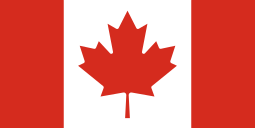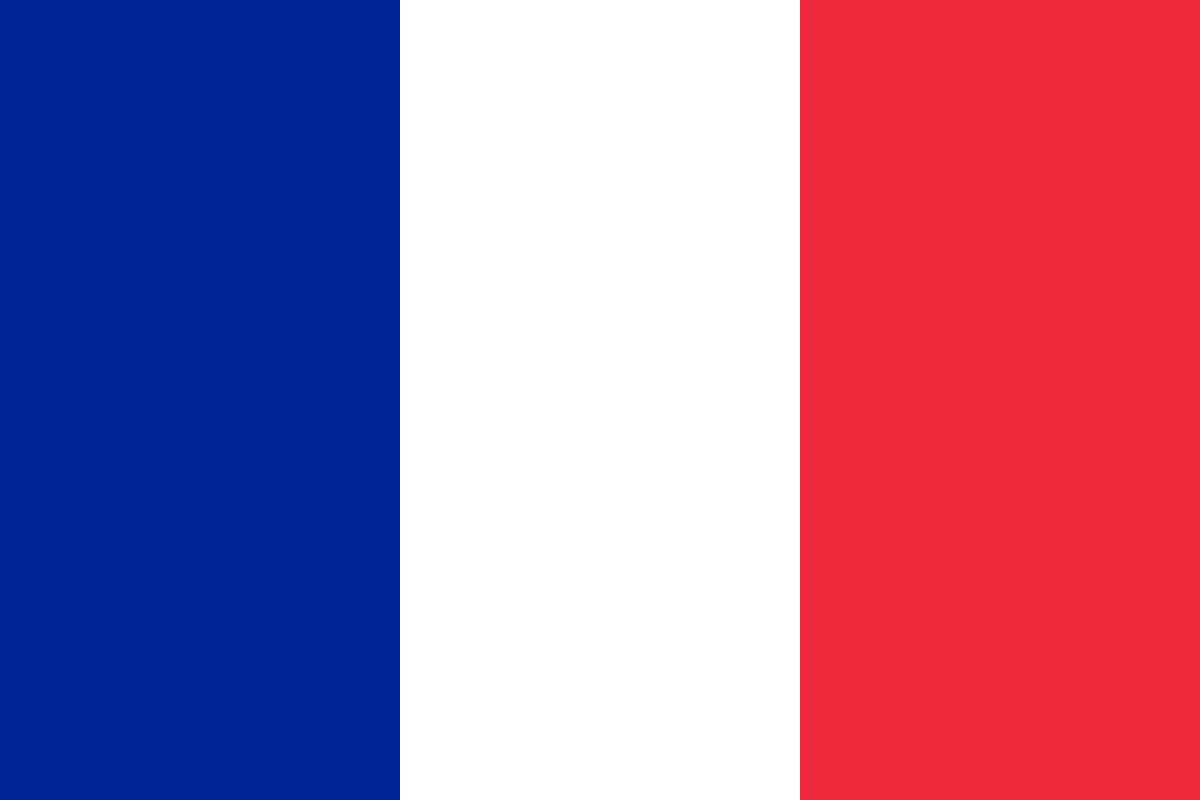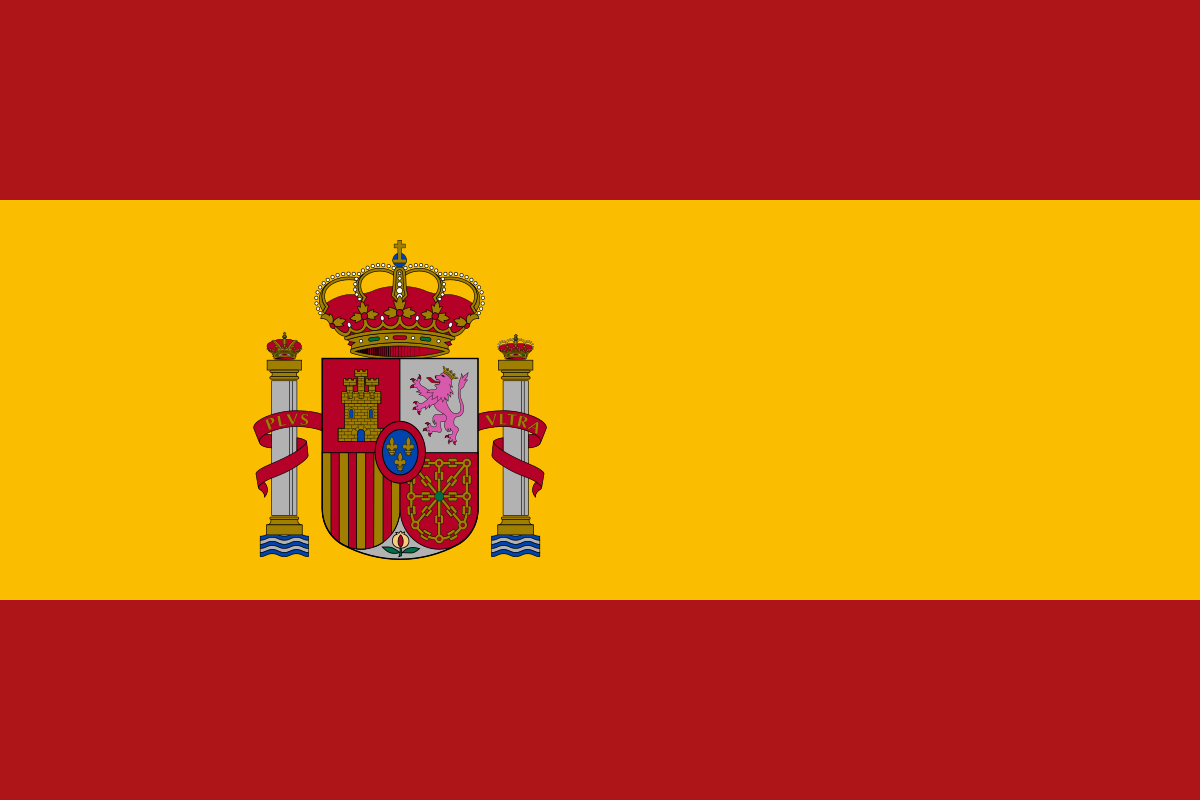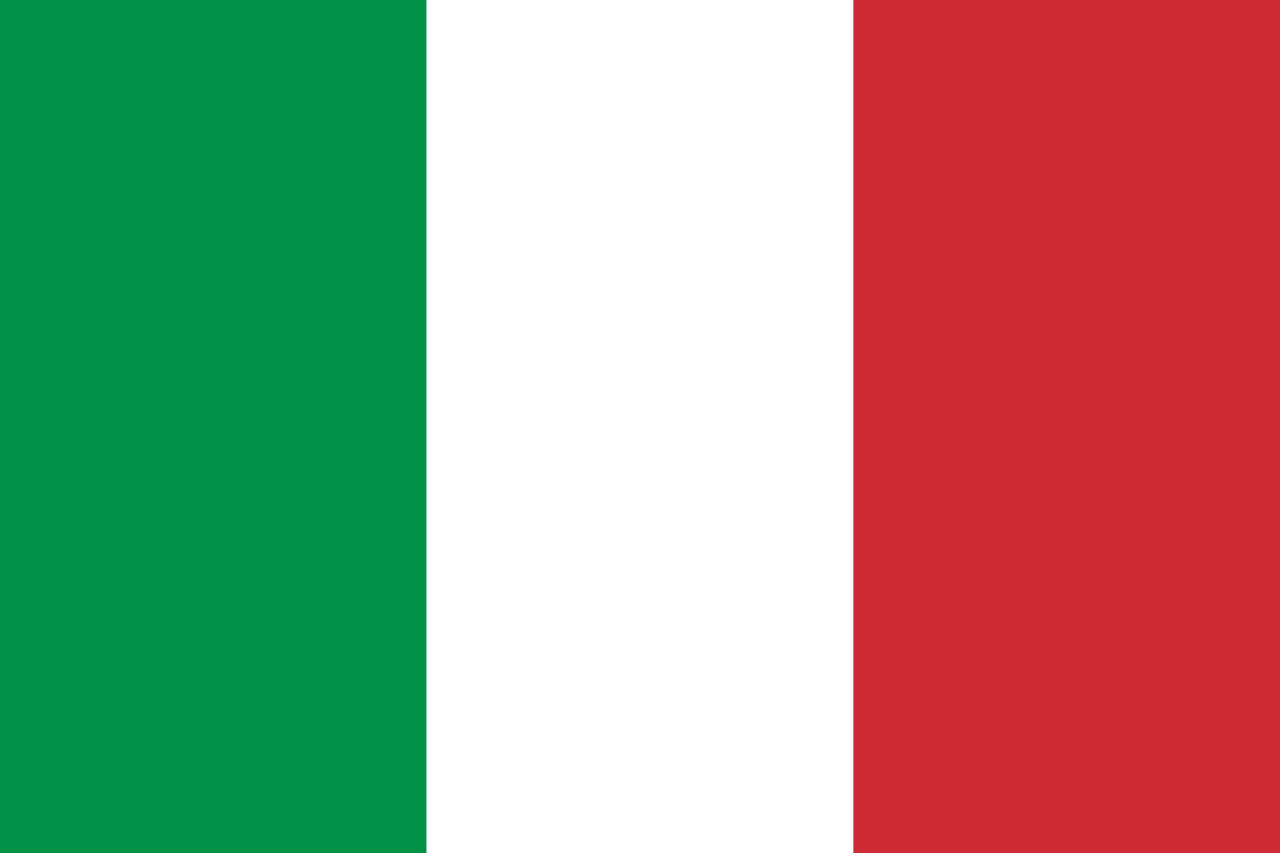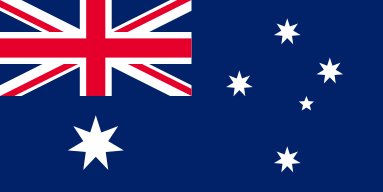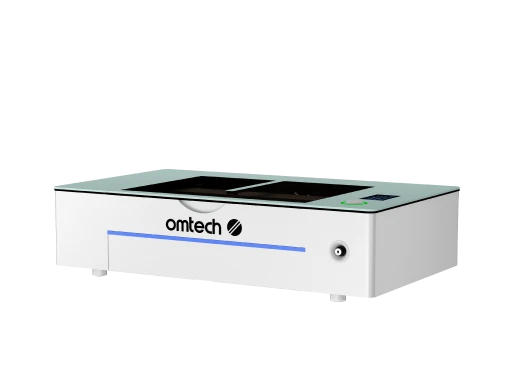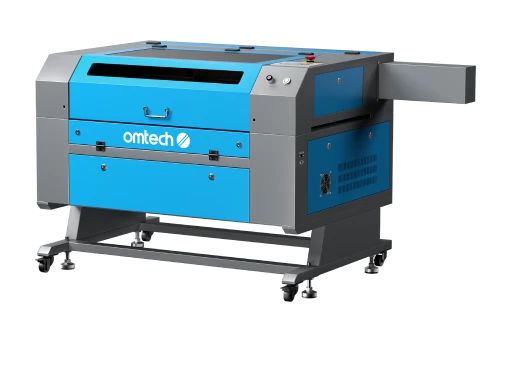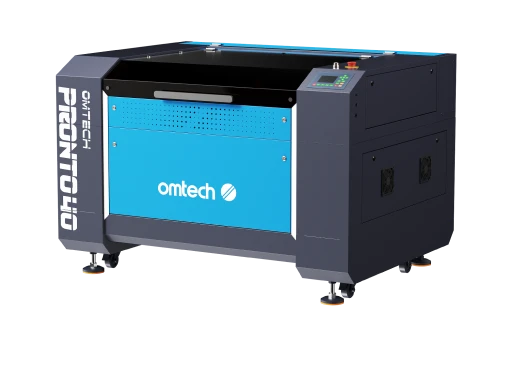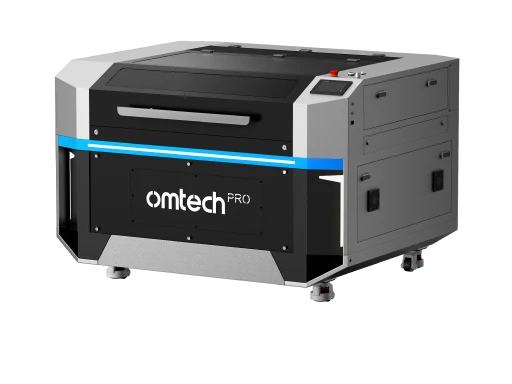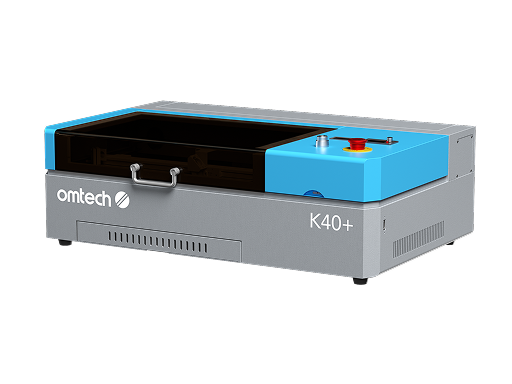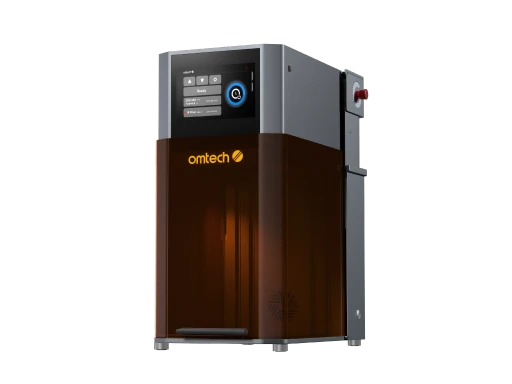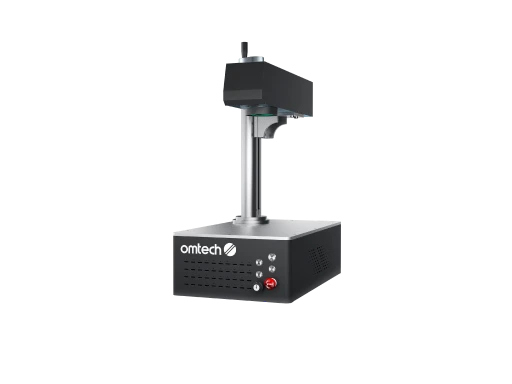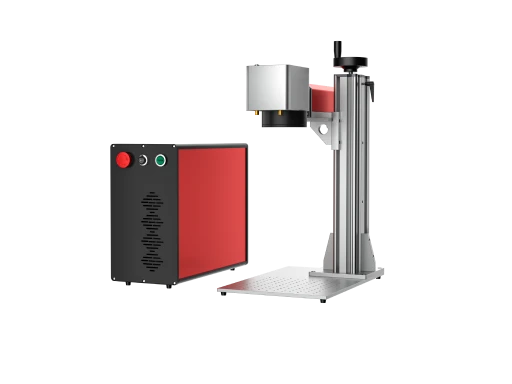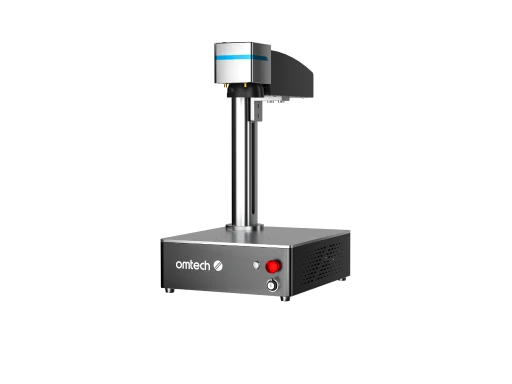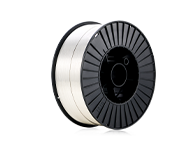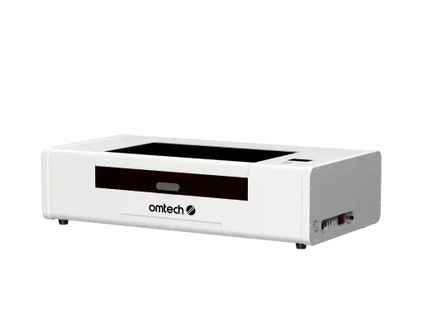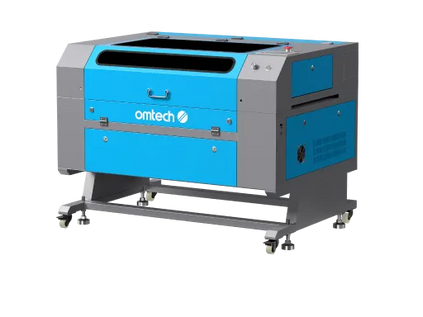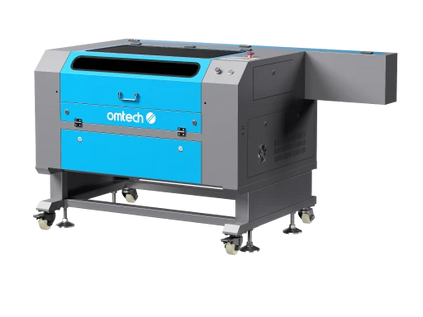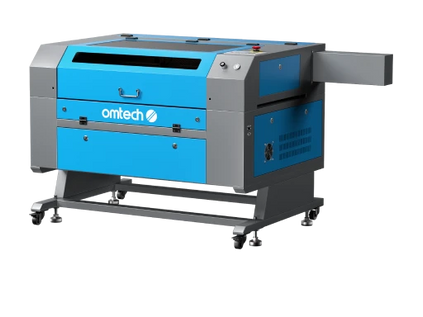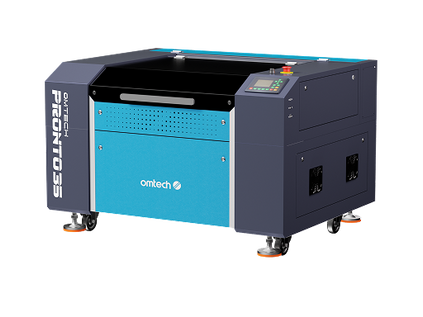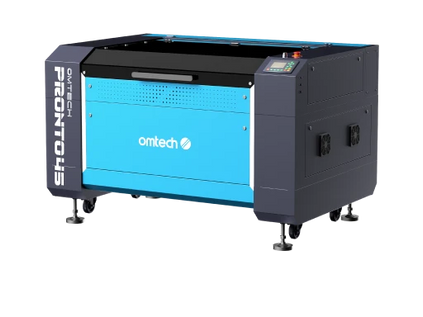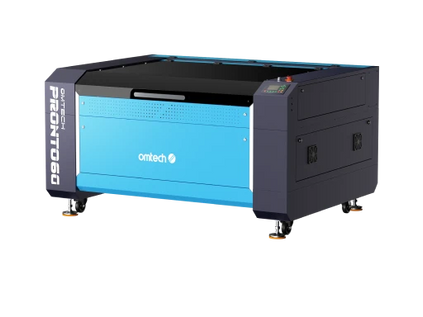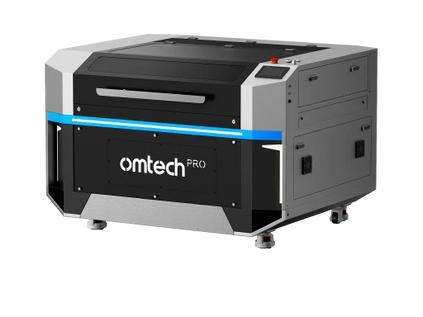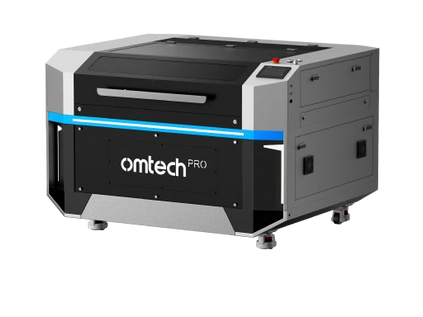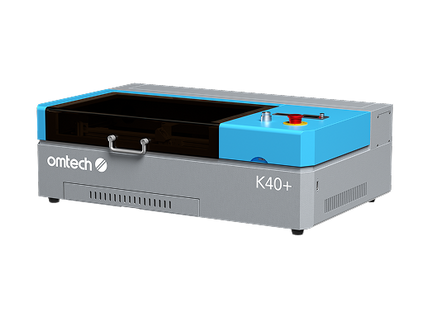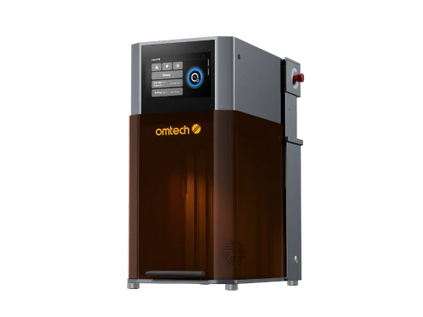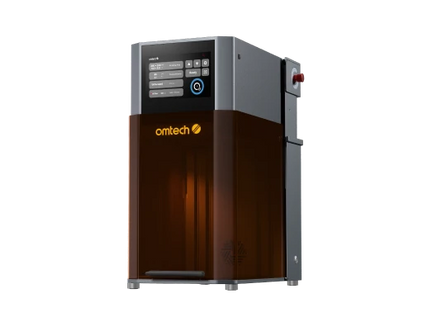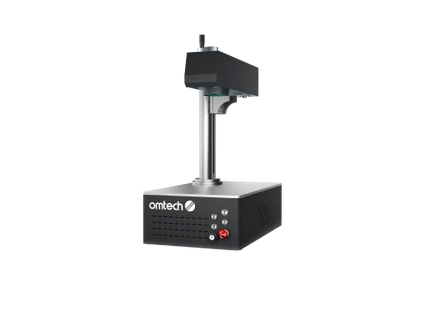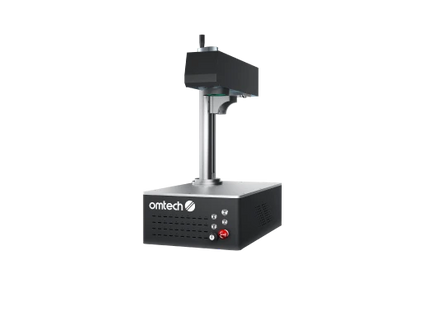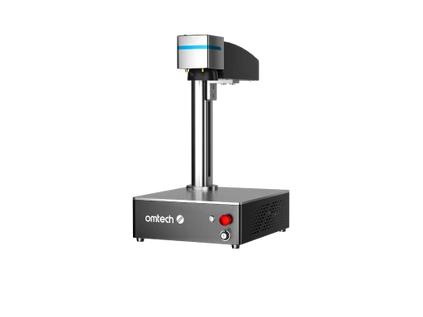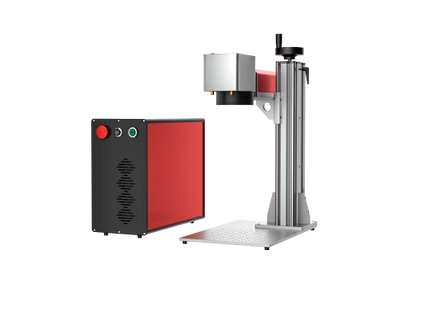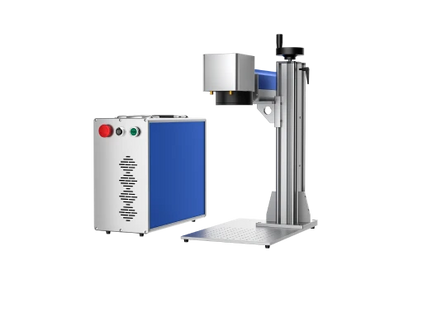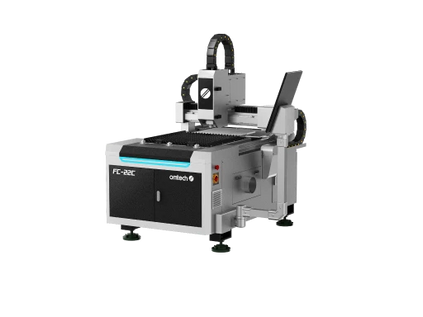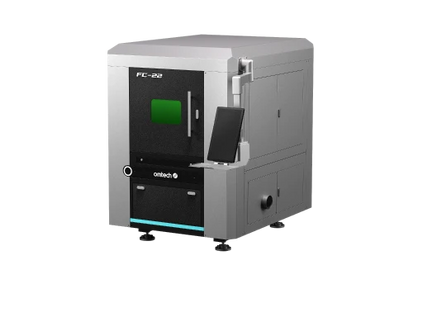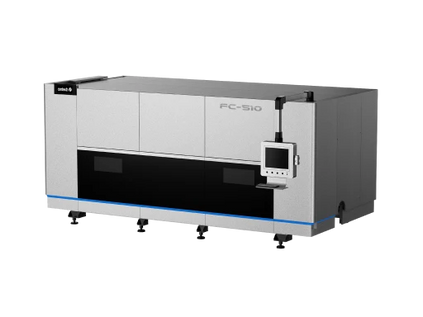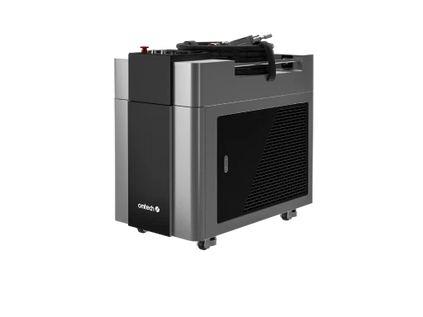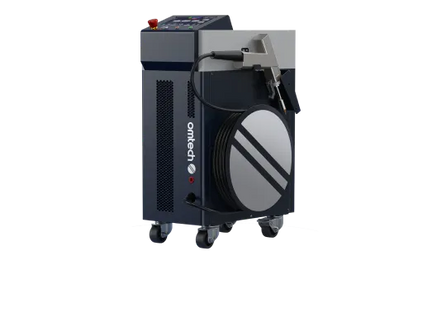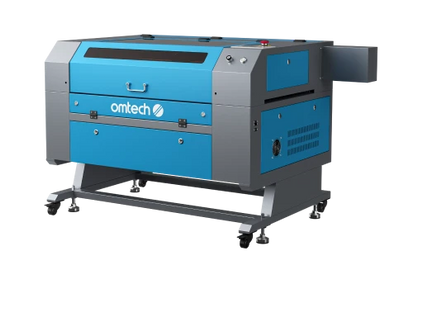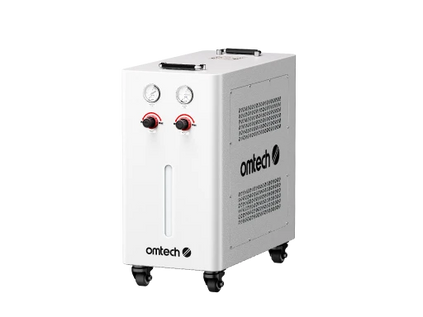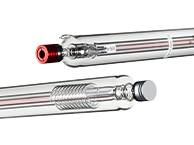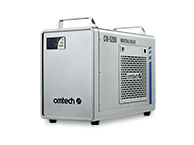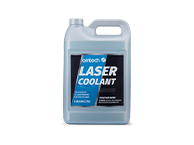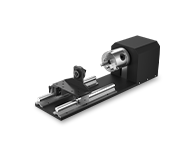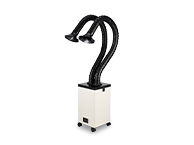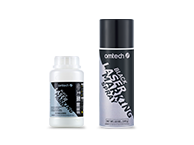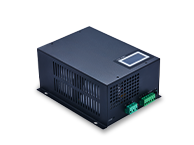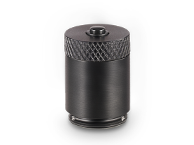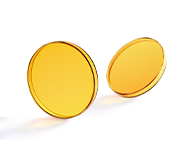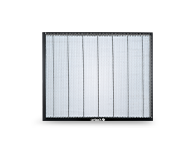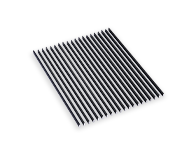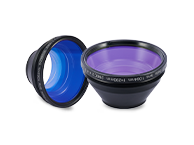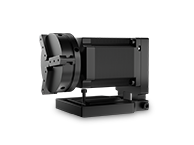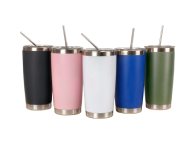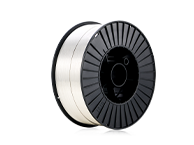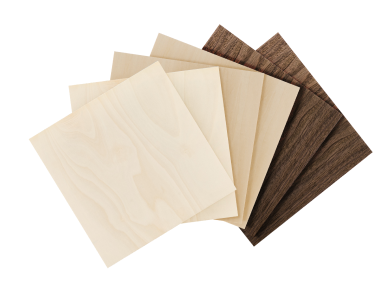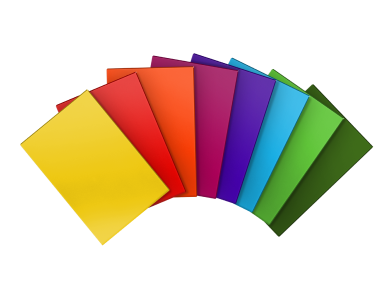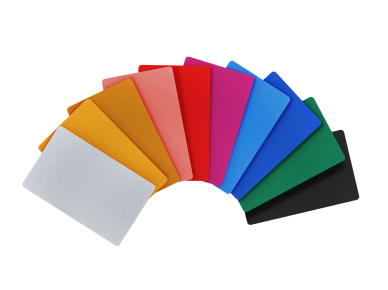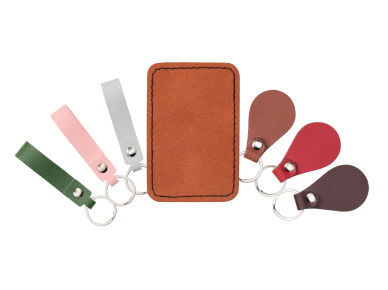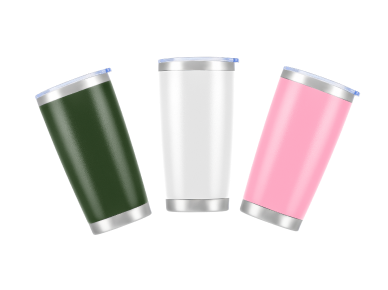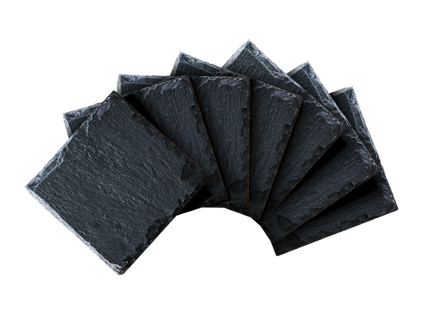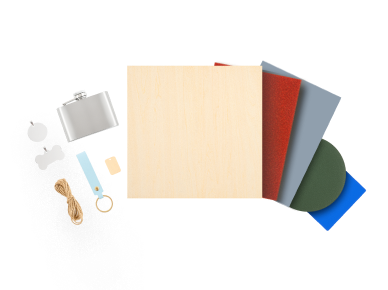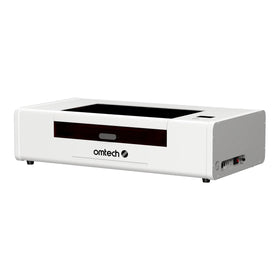DTF vs Screen Printing: Which Apparel Method Fits You?

There are multiple methods of customizing apparel, and finding the best method is crucial for your business. Among the most popular techniques are screen printing and DTF printing (direct-to-film). Though both can produce stunning results, they differ in execution, cost, design flexibility, durability, and scalability.
Understanding the differences between DTF vs screen printing helps you pick the right method for your goals—whether that’s small-batch personalization or high-volume brand production. This guide breaks down both techniques and compares screen print vs DTF in terms of quality, efficiency, and ideal applications, so you can decide which works best for your needs.
What Is Screen Printing?
Screen printing is a traditional and widely used method that involves creating a mesh stencil (or screen) for each color in a design. The screens are aligned, and ink is pushed through them onto the garment in separate layers. Each color must be applied one at a time, requiring a separate screen and setup. This makes the process time-consuming for complex or multi-color artwork, but extremely efficient for large-volume production of simple designs.
This method is favored for bold, graphic-heavy designs with limited colors—such as logos, brand names, or geometric shapes. The ink used in screen printing is thick and often sits on top of the fabric, providing a durable, vibrant finish that lasts through many washes. However, the screen creation process demands time, skill, and space, which adds to the setup cost and makes screen printing better suited for bulk orders.
What Is DTF Printing?
DTF, or direct-to-film printing, is a newer digital method that allows you to print designs onto a special transfer film using a specialized printer. Once printed, a layer of hot-melt adhesive powder is applied over the ink. The film is then cured or dried before being heat-pressed onto the garment. When cooled slightly, the film is peeled away, leaving the printed design bonded to the fabric via the adhesive.
This process eliminates the need for screens and enables full-color, high-resolution printing with fine details, gradients, and photographic elements. DTF printing works well on cotton, polyester, fleece, and other materials, making it a highly versatile option. It also enables on-demand production without the overhead of traditional setup, which is ideal for small businesses, test runs, or custom one-off items.
Comparing DTF vs Screen Printing
While both methods produce high-quality results, their workflows and benefits differ significantly. Let’s explore key differences across several core areas.
Setup and Cost Structure
Screen printing has a relatively high upfront cost due to the need for screen creation and alignment. This makes it cost-effective primarily when printing in bulk. For example, printing 100 shirts with the same two-color logo can be highly economical, as the screen cost is distributed over a large quantity.
In contrast, DTF printing requires no physical screens, so it’s better suited for small runs and one-off designs. The per-unit cost remains relatively stable whether you print one shirt or fifty. If you frequently update designs, personalize items, or work with low-order volumes, DTF is the more budget-friendly option in the short term.
Design Complexity
With screen printing, the number of colors in a design directly impacts production time and cost. Photographic images or complex gradients are difficult to reproduce cleanly, and registration errors may occur during the alignment of multiple screens.
DTF printing handles complex designs effortlessly. You can include unlimited colors, fine lines, and detailed gradients without extra production time or cost. That makes it ideal for graphic artists, illustrators, and entrepreneurs who want to print colorful, intricate artwork on demand.
Fabric Compatibility
Screen printing works best on natural fibers like cotton, though it can be used on synthetics with the proper inks. However, some stretchy or moisture-wicking fabrics may not absorb the ink as well, which can affect durability or texture.
DTF is more adaptable when it comes to fabrics. Since the design is transferred via a film and bonded with adhesive, it works across cotton, polyester, rayon, spandex, blends, and even some coated or textured fabrics. This makes DTF a strong choice for custom sportswear, activewear, or mixed-material apparel.
Durability and Feel
One of screen printing’s main strengths is its durability. When applied correctly with quality inks, the prints can withstand frequent washing without fading or cracking. The ink has a raised, tactile texture, which some customers consider part of its appeal.
DTF prints are also long-lasting if applied correctly, but they tend to have a thinner, plastic-like surface feel. While the adhesive makes them flexible and crack-resistant, the print can sometimes feel less “integrated” with the garment than screen printing. Proper pressing, curing, and quality film make a big difference in durability and softness.
Turnaround Time and Scalability
Once screens are created, screen printing allows for rapid, high-volume production, especially for simple designs. This makes it the go-to method for large corporate orders, promotional products, or merchandise drops where thousands of pieces need to be printed consistently and quickly.
DTF printing, on the other hand, is slower per unit but better for print-on-demand businesses. There's no waiting for screen prep or cleanup. You can print different designs back to back with little downtime, which is ideal for e-commerce brands, Etsy sellers, or local shops offering personalized apparel.
Screen Printing vs DTF: Which Should You Choose?
If you’re creating merchandise for a brand and plan to order in bulk, screen printing may save you money in the long run. Its vibrant colors, layered textures, and long-term durability offer professional-level results, especially for minimal designs.
If you’re just starting out, prefer flexibility, or want to offer personalized garments, DTF printing is an excellent alternative. The ease of setup, compatibility with many materials, and ability to reproduce detailed, colorful graphics make it perfect for creators who prioritize speed and variety over volume.
For local t-shirt shops, boutique brands, or creatives who want to test and launch new ideas frequently, DTF is hard to beat. But if your business grows and you find yourself printing hundreds of units per order, screen printing can bring greater efficiency and lower costs. To put it simply:
-
If you're building a brand around one or two designs and plan to print hundreds or more, screen printing is likely your most efficient and durable option.
-
If you want to scale, pivot, offer customization, or run many small or custom orders, DTF is a powerful tool that gives you flexibility and less capital risk.
Introducing the OMTech Aurora

If you’re considering DTF printing, the OMTech Aurora offers a streamlined, professional-ready solution that simplifies the entire process. Designed for creators and growing apparel businesses, Aurora delivers consistent, high-resolution results without the complexity of traditional setups.
Key Benefits of the OMTech Aurora
-
All-in-one DTF workflow with integrated print, powder, and curing
-
High-resolution, vibrant color output
-
Automatic white-ink circulation to reduce clogs and maintenance
-
Fast, efficient powdering and curing for smoother production
-
Durable, flexible transfers built to withstand repeated washing
-
Easy-to-use interface suitable for beginners and pros
-
Ideal for on-demand and small-batch production
-
Supported by OMTech’s training resources and customer assistance
Why Aurora Matters
Aurora provides reliable print quality, low-maintenance operation, and the flexibility to switch designs instantly—perfect for brands that require customization and fast turnaround without compromising consistency.
Final Thoughts
In the end, choosing between DTF vs screen printing comes down to your specific goals, order volume, and design style. Both offer fantastic results when used correctly, and both have their place in modern apparel customization.
For small business owners or hobbyists just getting started, DTF printing vs screen printing may tilt in favor of DTF for its simplicity and versatility. But for growing brands and bulk orders, screen print vs DTF becomes a question of long-term scalability and cost-efficiency.
If you're interested in getting started with DTF printing, the OMTech Aurora is the ideal starting point. The Aurora combines reliable print quality, an intuitive workflow, and professional-grade durability, giving creators the freedom to take on everything from small batches to full production runs. Explore the Aurora and elevate your apparel customization with the power, precision, and versatility only OMTech can deliver.
